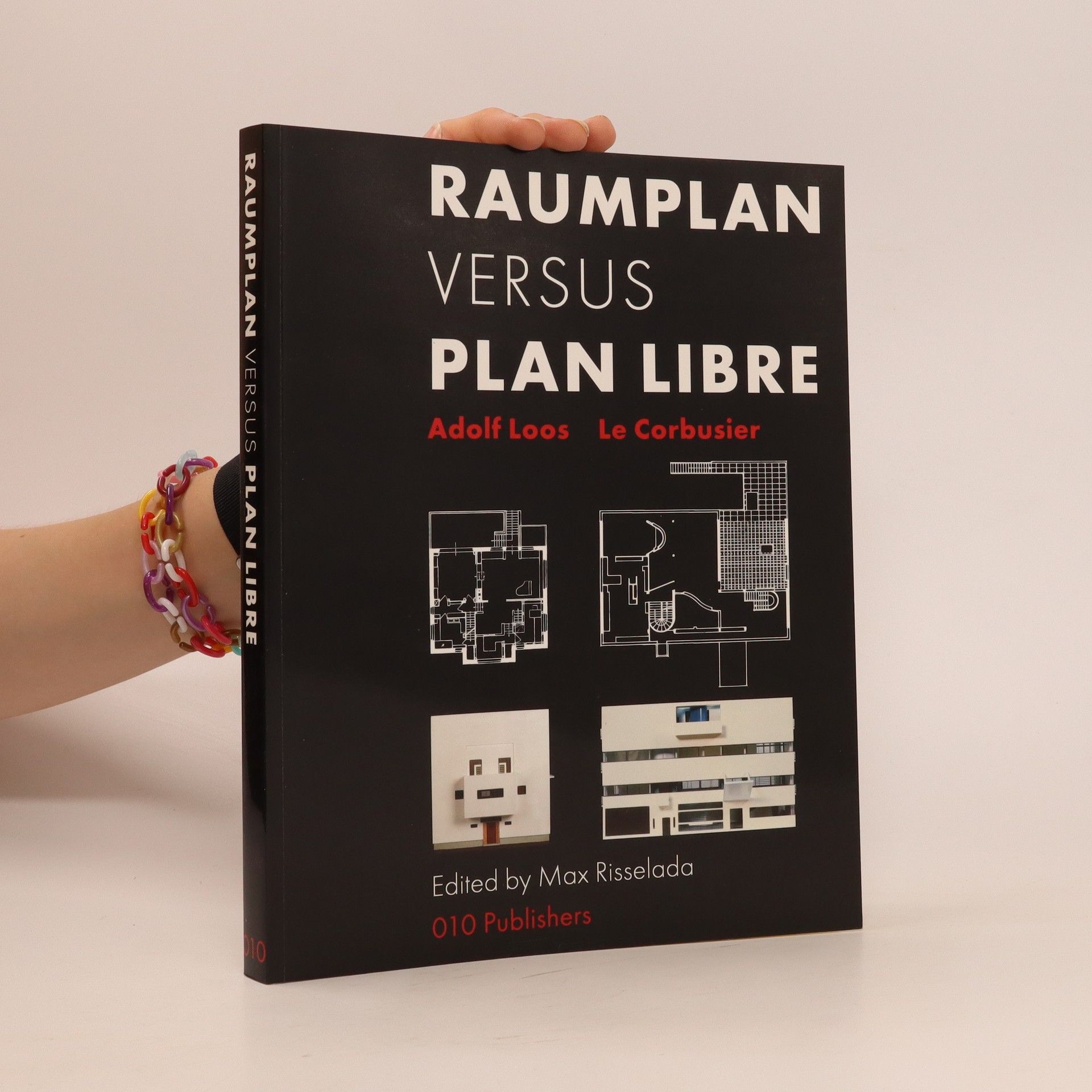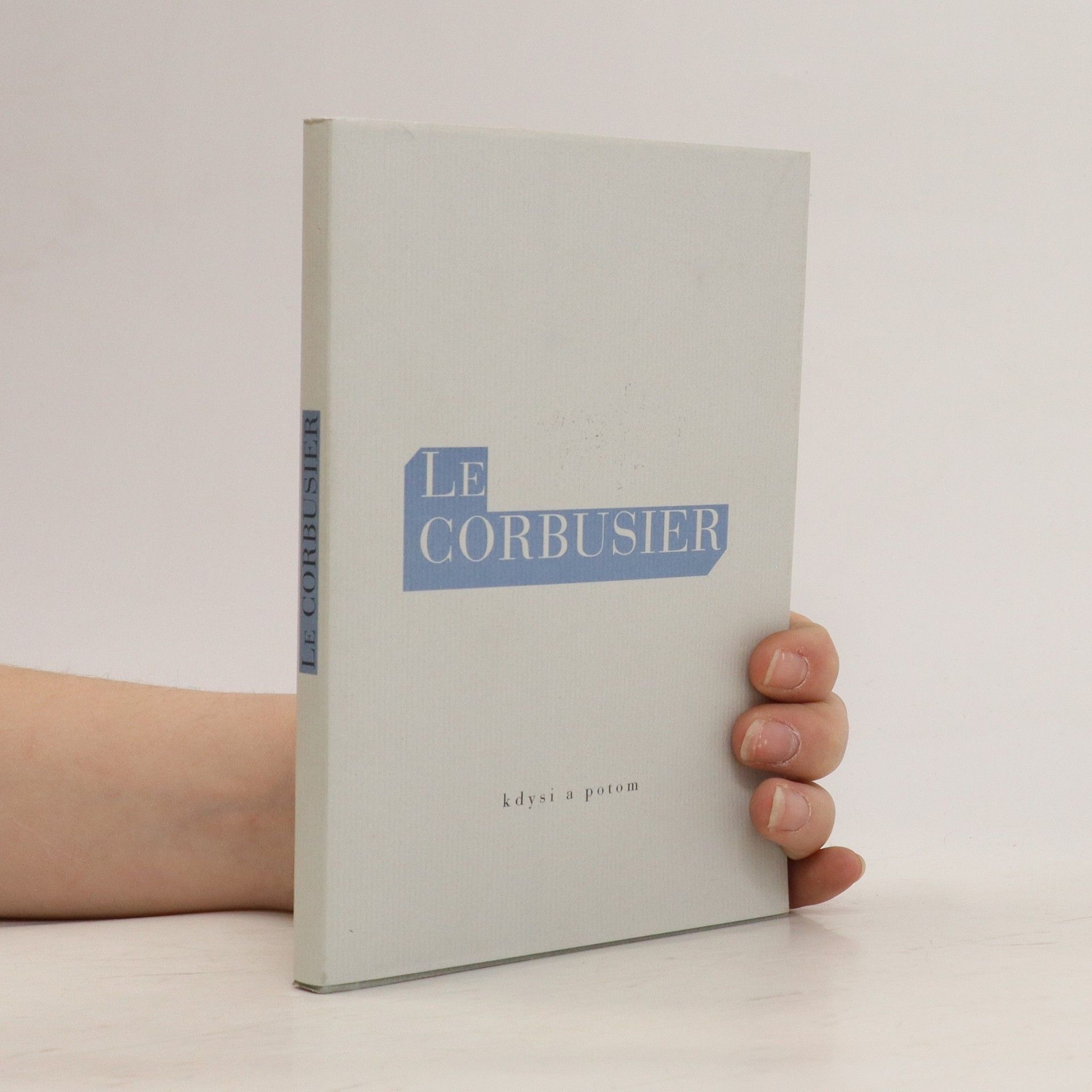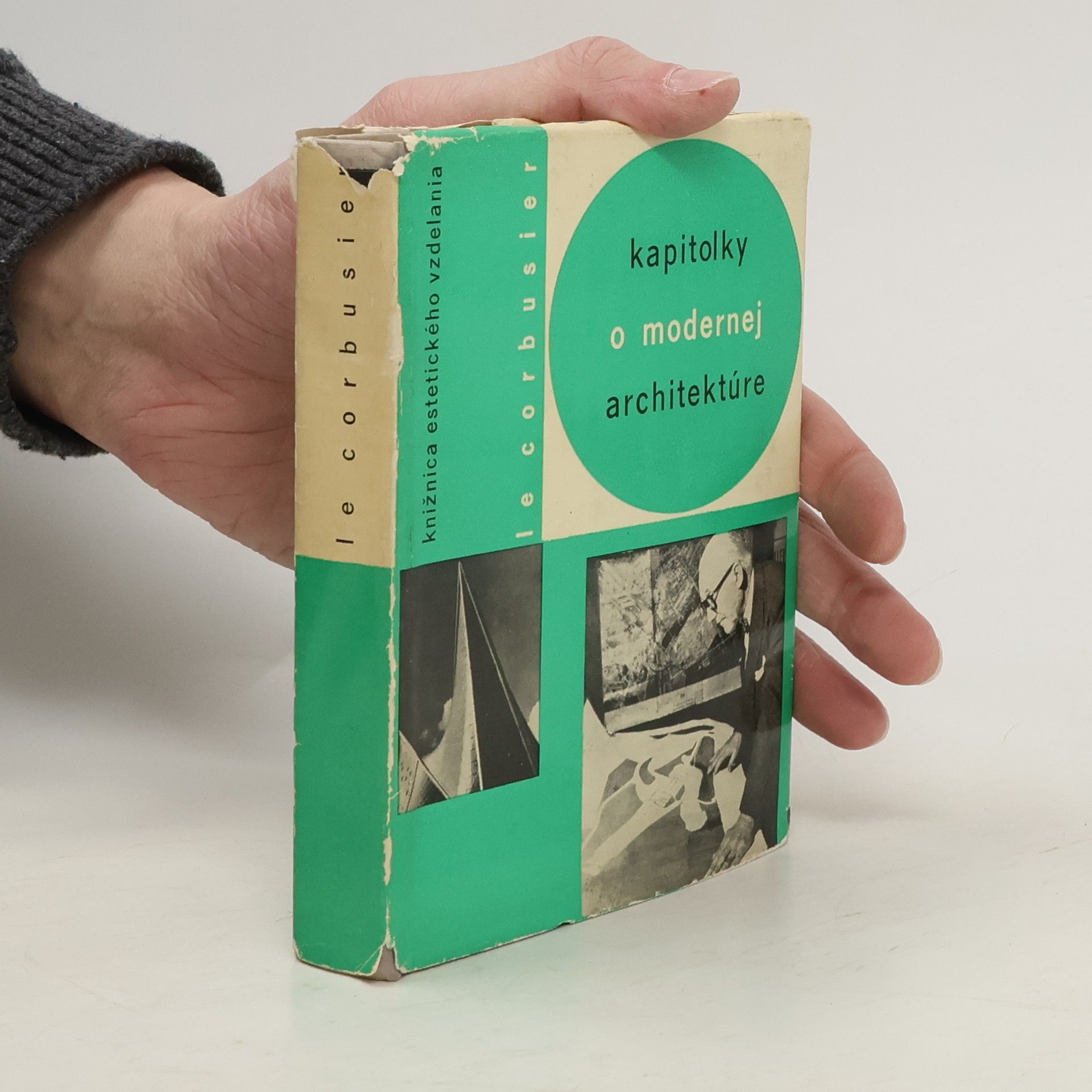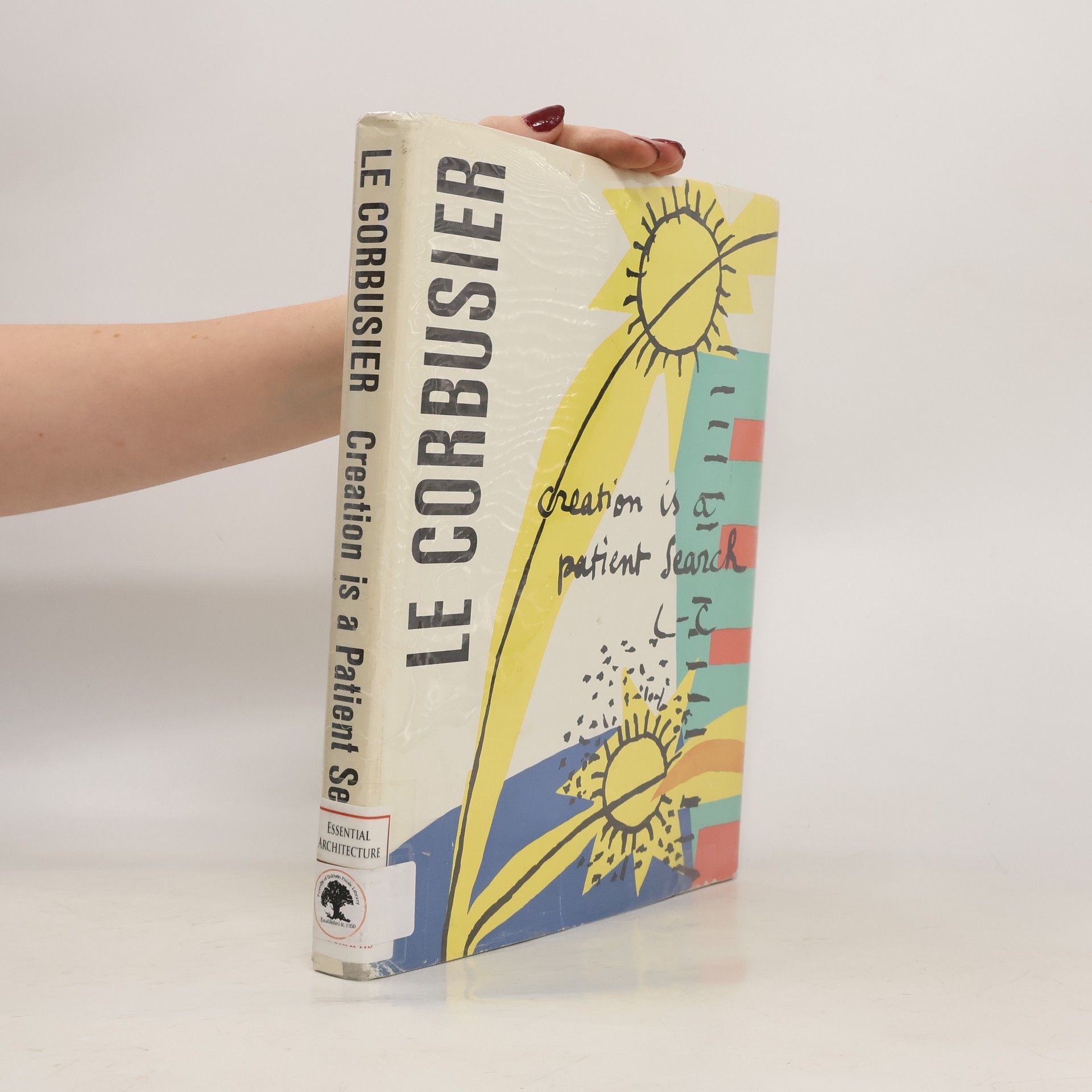Le Corbusier Knihy
Tento švajčiarsky rodák a neskôr francúzsky občan bol vizionárskym architektom, dizajnérom a urbanistom, ktorý sa stal jednou z vodcovských postáv modernej architektúry. Jeho celoživotné dielo, ktoré zasahuje do Európy, Indie aj Ameriky, sa sústredilo na inovatívne prístupy k bývaniu a na zlepšovanie životných podmienok v preľudnených mestách. Le Corbusier, známy svojím záujmom o moderný dizajn, sa vo svojej rozsiahlej kariére snažil formovať budúcnosť mestského života prostredníctvom svojich progresívnych a funkčných stavieb.







Kniha přináší základní rozhovor Le Corbusiera s Gérardem Monnierem, největším znalcem jeho díla, doplněný o výběr z textů.
Towards a New Architecture
- 289 stránok
- 11 hodin čítania
This pioneering proclamation by the great architect expounds Le Corbusier's technical and aesthetic theories, views on industry, economics, the relation of form to function, "mass-production spirit," and much more. Profusely illustrated with over 200 line drawings and photographs of Le Corbusier's buildings and other important structures.
Le Corbusier: Chandigarh
- 55 stránok
- 2 hodiny čítania
Vydáno u příležitosti stejnojmenné výstavy fotografií Milana Pitlacha v Domě umění v Ostravě v roce 2014. Katalog výstavy.
Raumplan versus Plan Libre
- 198 stránok
- 7 hodin čítania
Originally published as a catalogue to accompany an exhibition with the same name in 1987, this new edition re-examines the respective merits of two giants of Modern Architecture Adolf Loos and Le Corbusier. As well as featuring writings by the two architects, the book illustrates their respective evolution, with detailed reference to their domestic projects, ranging from the Strasser House (1919) to the Last House (1932), and from the Maison Domino (1915) to Villa Savoye (1932). Features major contributions form Beatriz Colomina, Jan de Heer and Max Risselada, among others.
Unité d'habitation, Marseille
- 60 stránok
- 3 hodiny čítania
Le Corbusier's Unité d’habitation in Marseille, constructed between 1946 and 1952, embodies a synthesis of his architectural principles, merging social models with urban planning. This iconic structure has sparked considerable debate, prompting an exploration of the tensions between its ambitious intentions and actual impact. Despite facing criticism, the building remains popular among its residents, offering functional benefits that enhance communal living. Its striking sculptural quality and the dynamic interplay of light and color create a 'personality' that resonates with inhabitants. The design fosters a rich spatial experience, countering the superficiality of modern life with an intensity that engages the senses. From the grand foyer to the vibrant rooftop terrace, and the tranquil residential streets, the building invites a connection with both the sea and mountains. Le Corbusier's atmospheric and scenic architectural techniques provide a cohesive environment that supports individual lives within its spaces. The authors, all qualified architects, delve into the nuances of these effects, with Alban Janson teaching architecture fundamentals, Carsten Krohn as a Berlin-based author, and Anja Grunwald specializing in architectural photography at Karlsruhe University.
Precisions on the Present State of Architecture and City Planning
- 304 stránok
- 11 hodin čítania
Precisions on the Present State of Architecture and City Planning, or 'Precisions', as the book is commonly known, originated from a series of ten lectures presented by Le Corbusier in Buenos Aires in 1929. Concise summations of the Swiss-born French architect's pioneering philosophy, the lectures contain some of Le Corbusier's most compelling aphorisms and cover topics ranging from technique, design and human scale, and the 1927 League of Nations competition to the teaching of architecture and an analysis of the transformation of his own work over time. This new edition presents the 'Precisions' lectures to a new audience. During the lectures, Le Corbusier punctuated his points with a series of improvised crayon-on-paper drawings. This is the first edition to reproduce all forty drawings in color. The book also includes Le Corbusier's introduction, appended in the 1960s, which describes the tremendous impact the city of Buenos Aires had on the architect - its beauty and vast potential, as well as the considerable challenges presented by this city 'trembling on the verge of great works'. A new additional essay by Tim Benton places the lectures in context with the larger body of Le Corbusier's work. Finally, an appendix has been added with brief descriptions of key figures and events discussed
The City of To-morrow and Its Planning
- 301 stránok
- 11 hodin čítania
Analyzes the old structure of cities, suggests a new approach to city planning, and shows specific street and building plans
Le Corbusier’s “self-portrait” of his career, from his early student days to the completion of the convent at La Tourette, written when he was 71 years old.

